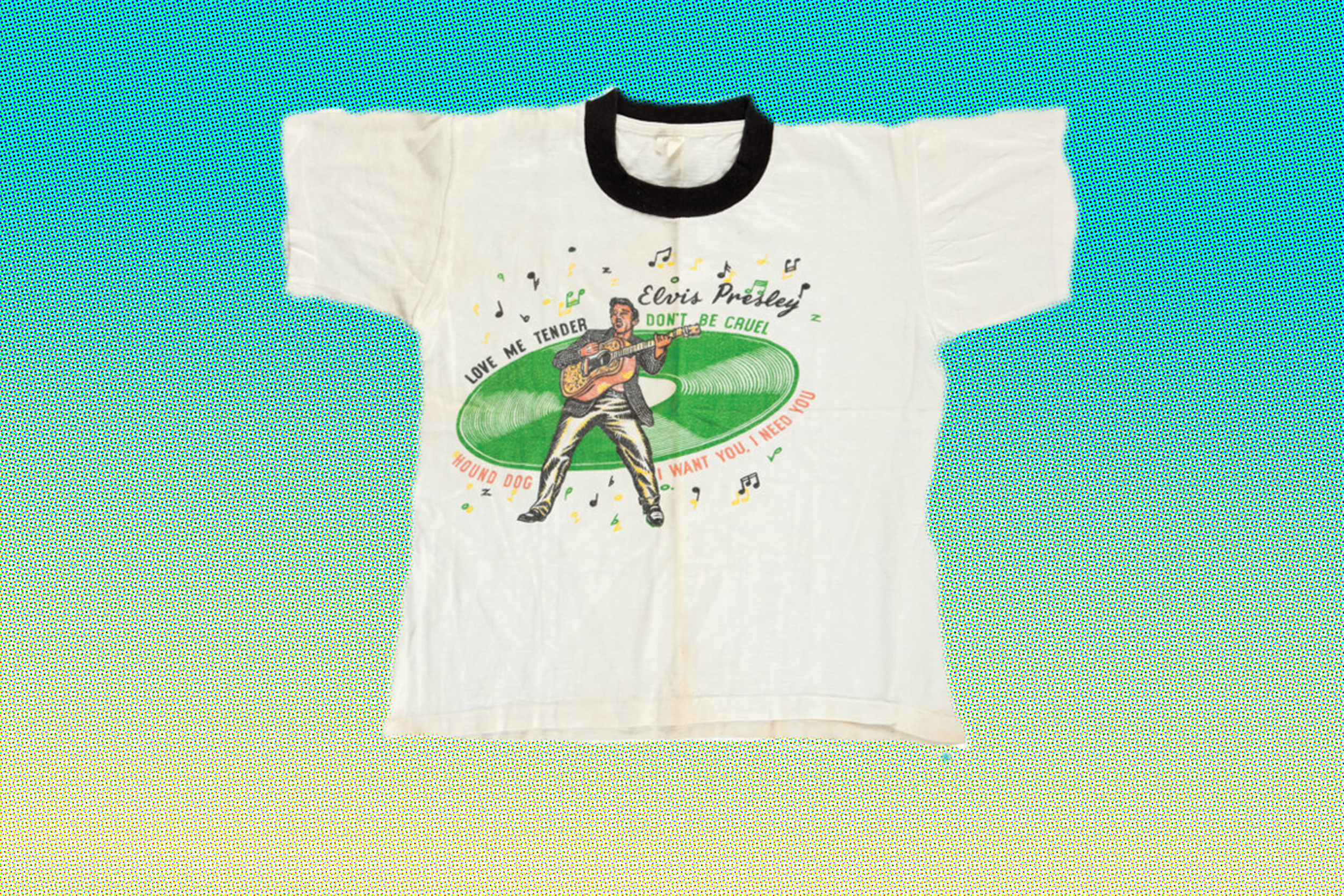The T-shirt originated as an undergarment in the 19th century when American laborers cut their jumpsuits in half to stay cool during the hot summer months.
3 mess cooks work in T-shirts in the kitchen, circa 1913.
The T-shirt gained prominence during 1913 when they became a standard part of the U.S. Navy uniform.

F. SCOTT FITZGERALD
During 1910 T-shirts began being mass produced, however, the first recorded use of the word “t-shirt’ appeared in F. Scott Fitzgerald’s Novel “This Side of Paradise”, 1920.
SEARS
In 1938, the American retailer Sears began selling white cotton t-shirts for 24 cents, making t-shirts more readily available. For the first time, the t-shirt was advertised both as “an undershirt and an outershirt.”
LIFE MAGAZINE
Life photographer Eliot Elisofon snapped a photo of Cpl Alexander LeGerda at the Las Vegas Airfield in 1942. A native of Allentown, Pennsylvania, LeGerda’s image ended up on the cover of Life Magazine, with the distinction of being the first person ever to be photographed for a major publication while wearing an athletic T-shirt.
LeGerda’s shirt was made by the American Athletic Company based in Los Angeles and the graphics were printed onto it.

Along the way, legend has it that the first Rock & Roll T-shirt was made by the King’s Fan club.
This site would not be complete without mentioning the man who was instrumental in the evolution of the printed T, Ed “Big Daddy” Roth. Originally, Ed began creating one-of-a-kind custom cars in SoCal around the late fifties with the help of a new product, fiberglass. Ed was also an illustrator, cartoonist, & pinstriper, and in order to support his love of creating custom cars, he began to sell his airbrushed designs on T-shirts and sweatshirts at car shows. It wasn’t long before his work became so popular that he switched to screen printing in order to reach a much wider audience. His unique style is associated with California counter-cultures and remains popular to this day.






